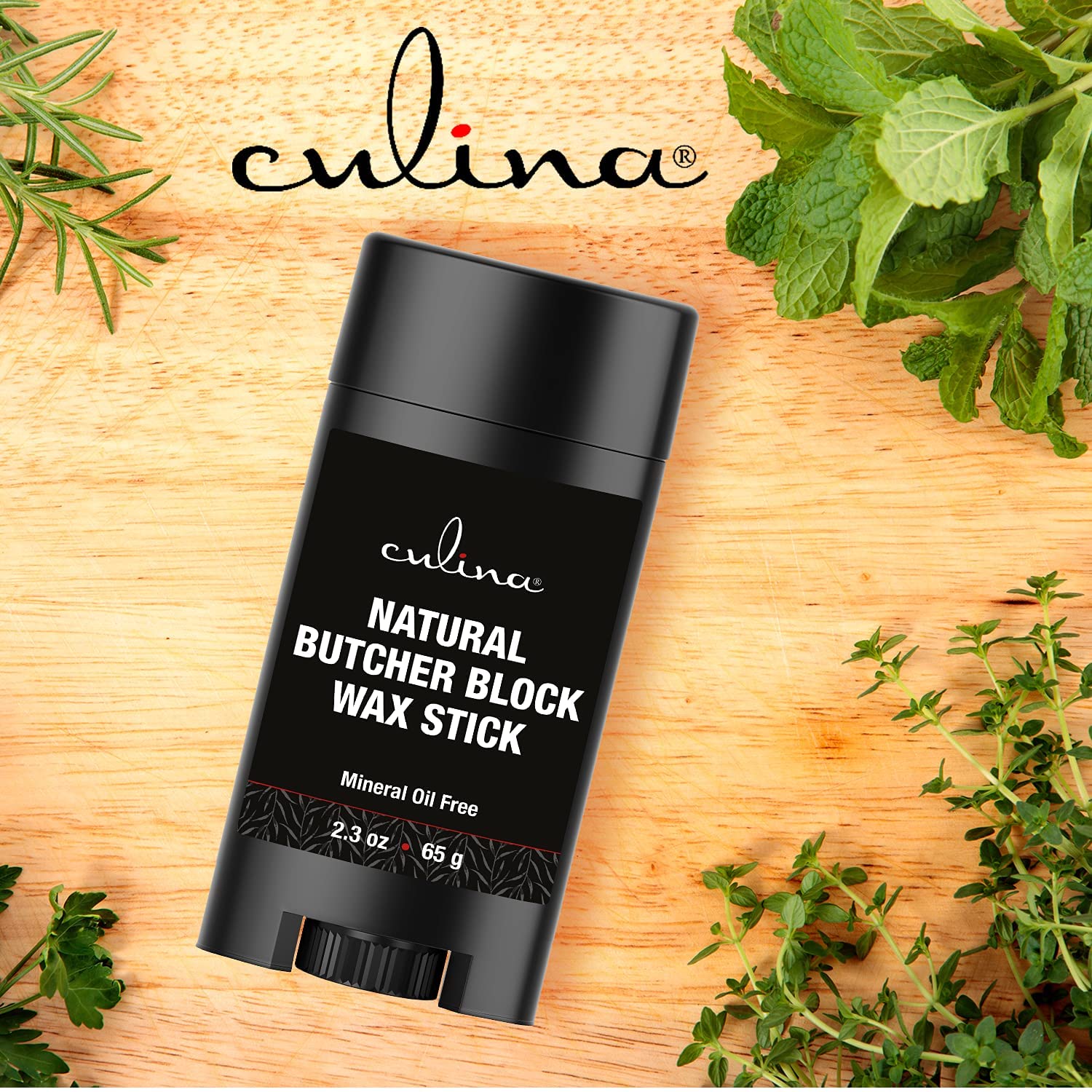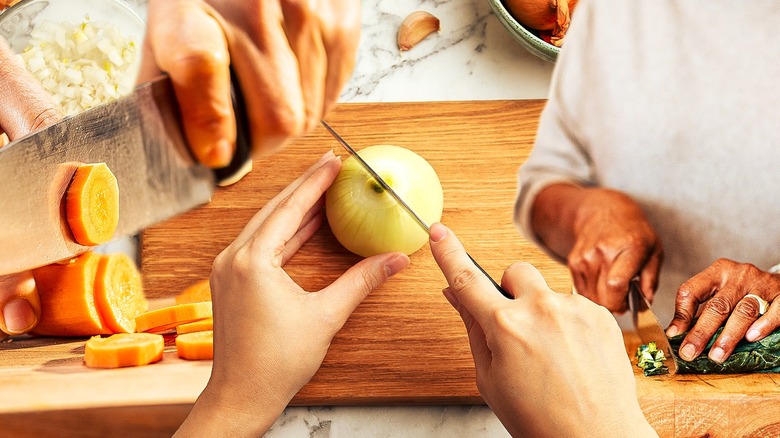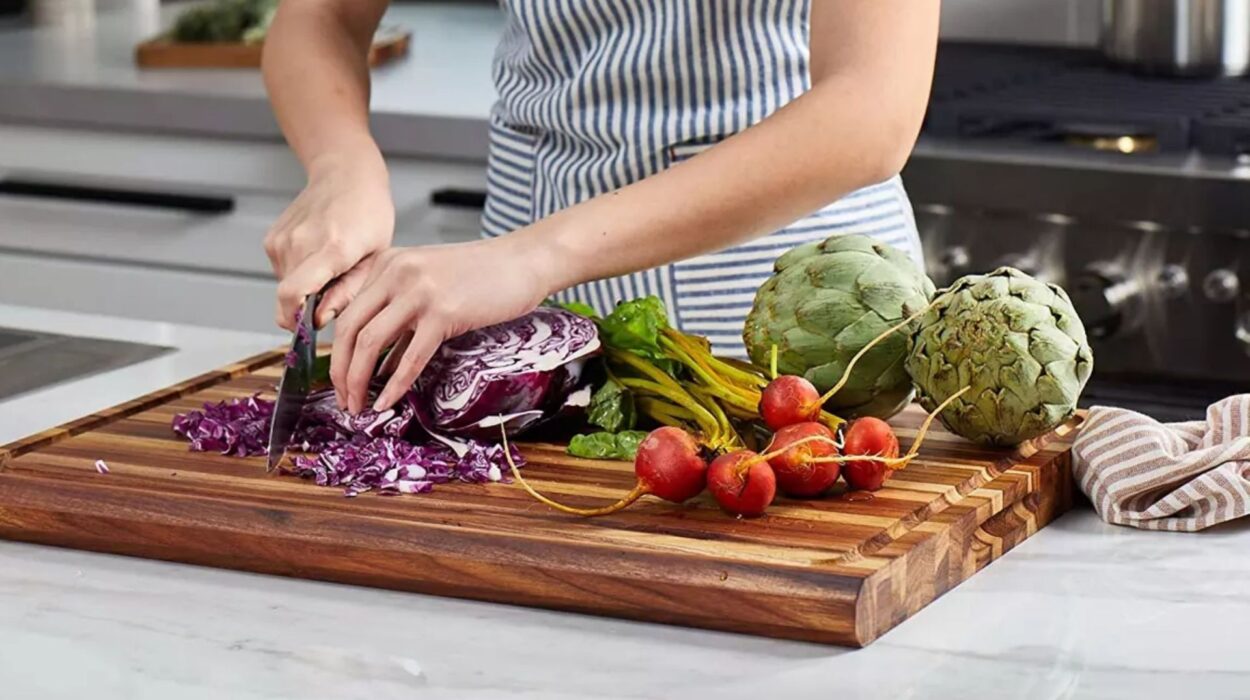Ensuring that your cutting board is well-maintained can add years to its life and keep your kitchen environment healthier. Whether you use your cutting board for cutting vegetables, meats, or bread, learning how to protect your cutting board is crucial. For kitchen professionals, maintaining a cutting board is more than just wiping it down. Lets dive deep into the essential steps and strategies for taking care of your cutting board.

Why Protection is Essential for Cutting Boards
Cutting boards are one of the most frequently used kitchen tools, making them susceptible to wear and tear. Whether it’s made from wood, plastic, or bamboo, properly caring for your cutting board ensures longevity.

Choosing the Right Cutting Board Material
Wood Cutting Boards
Wood cutting boards are favorites among many chefs due to their durability and self-healing properties. When properly maintained, a wooden board can last a lifetime.
Plastic Cutting Boards
Plastic cutting boards are affordable and easy to sanitize. They are dishwasher safe, making them a convenient option for busy kitchens.

Seasoning Your Cutting Board
Seasoning a cutting board involves applying oil to ensure it remains moisturized and protected from harmful bacteria. The type of oil used is crucial opt for food-grade mineral oil for best results.
Cleaning Your Cutting Board
Daily Cleaning
Daily cleaning is imperative in maintaining your cutting board. Use warm water, mild dish soap, and a gentle scrub brush to remove food residues.
Deep Cleaning
For a more thorough clean, use a combination of coarse salt and lemon juice. This will help lift stains and disinfect the surface.
Storage Methods
Proper Drying
Make sure to completely dry your cutting board before storing it. Place it in an upright position to allow air circulation.
Avoiding Heat and Moisture
Store your cutting board away from heat and excessive moisture to prevent warping and cracking.
Regular Inspection and Repairs
Inspect your cutting board regularly for any cracks or deep cuts. Repair minor damages with sandpaper and re-season it.
Understanding and Avoiding Cross-Contamination
Using separate cutting boards for meat and vegetables can significantly reduce the risk of cross-contamination.
External and Internal Links for Further Reading
- Cut Juice Groove
- Clean White Board
- Chicken Shish Kabobs
- Cook Pork Ribs
- Cook Pork Chop
- Right Way to Use Cutting Board
FAQ Section
How often should I oil my wooden cutting board?
Oil your wooden cutting board at least once a month, or when it starts to look dry.
Can I put my wooden cutting board in the dishwasher?
No, avoid placing wooden cutting boards in the dishwasher as it can cause warping and cracking.
What should I do if my cutting board develops a crack?
Sand down the cracked area and re-season the cutting board to restore its surface.
As an Amazon Associate, I earn from qualifying purchases.


